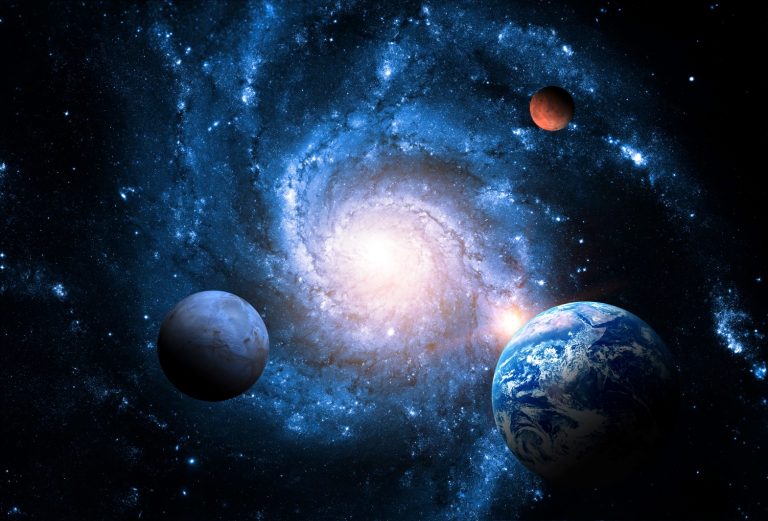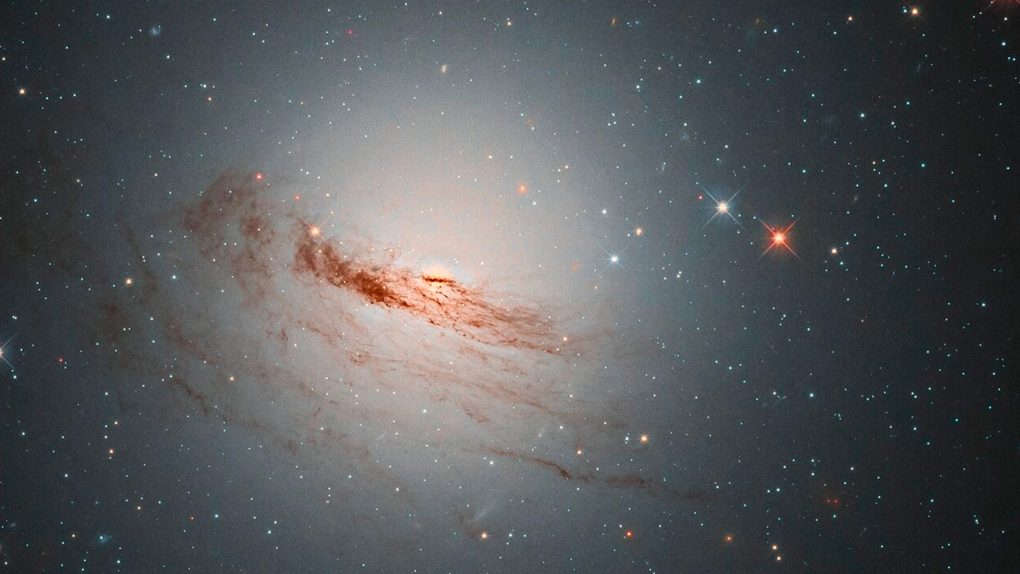The Dark Energy Spectroscopic Instrument (or DESI for short) has created the largest 3D map of the universe we’ve ever seen. DESI created the map over the course of seven months. Each month, DESI continues to build off of it. In fact, DESI is only 10 percent of the way through its proposed five-year mission. When the map is completed, it will give us a deeper look into the universe and its depth.
According to ScienceAlert, DESI has already managed to catalog more than 7.5 million galaxies. Additionally, it will continue adding a million new galaxies each month. When the scan finally completes in 2026, we’ll have data on more than 35 million galaxies in space. That should provide astronomers with a huge map of the universe to study and dig into.
This is the largest map of the universe ever

Some of the scientists with DESI presented the instrument’s performance so far at a Berkeley Lab-hosted webinar recently. Despite only being seven months into the survey run, DESI has smashed through all of the previous records for mapping the universe.
Over 5,000 optical fibers make up the instrument. Scientists can control and position each one exactly as needed. These fibers allow DESI to capture color spectrum images of the galaxies. DESI can then use these images to measure how much the light it captures has redshifted. Redshifting is a measure of how much the light has been pushed towards the red end of the spectrum.
Watching the redshift allows astronomers to determine how far away the light came from. This allows us to give depth to the universe. The greater the redshift, the farther away the item emitting it is. When looking at a map of the universe, this is important for measuring distance.
DESI’s main objective

The main objective of DESI is to reveal more about the dark energy found throughout the universe. Dark energy makes up around 70 percent of the universe, and it plays a big part in speeding up its expansion. Carlos Frenk, a cosmologist with Durham University in the UK recently told the BBC that DESI will help search for clues about dark energy’s nature.
Furthermore, this will provide more information about dark matter and how it helps the formation of galaxies. Scientists will have a better picture of how big the universe is once DESI finishes its mission. It will also help us map out places we need to explore more.








